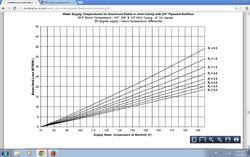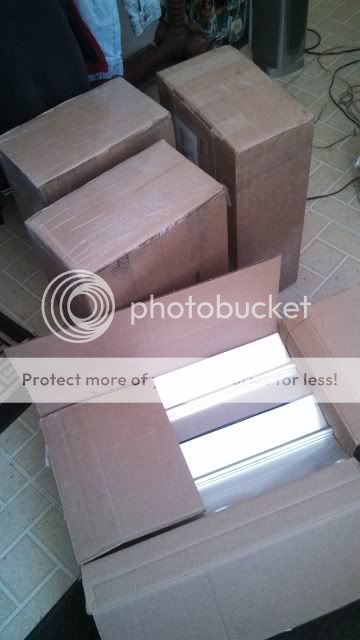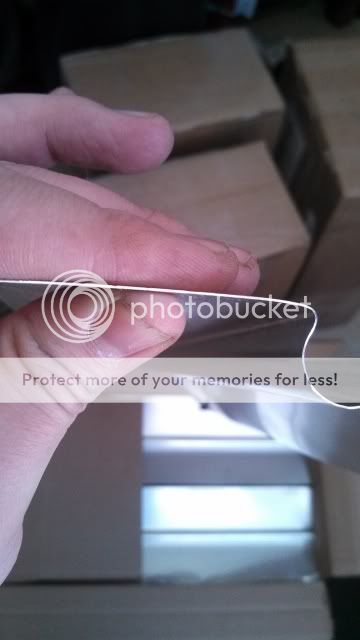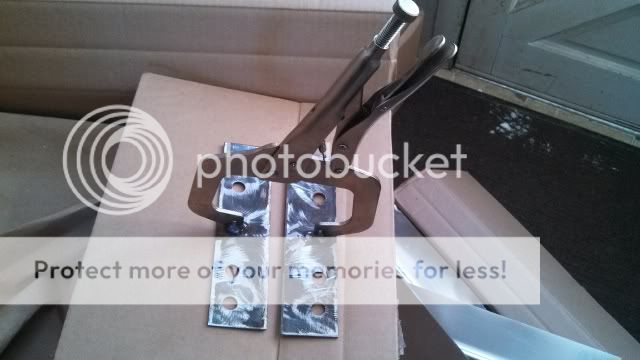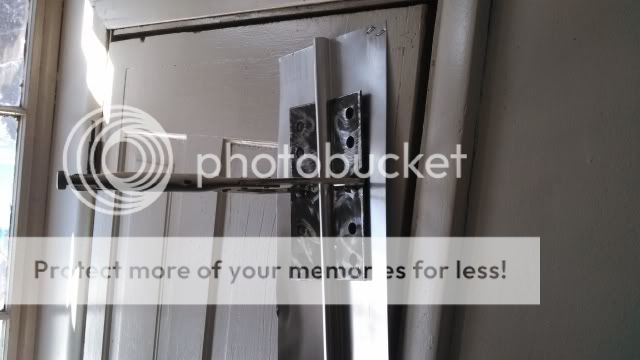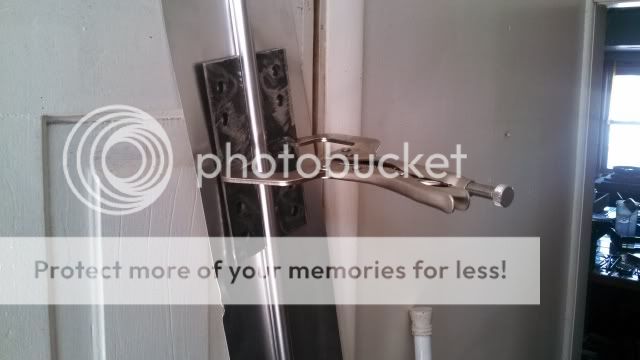Good evening folks...
I'm running short on funds and want to know if this system design will work...
and ArboristSite looks like its gone for good... (topic for another place though). Glad to find this forum.
Current setup:
Natures Comfort NCB250 wood boiler
Taco 00 circulator pump
18x24 water to air heat exchanger
Standard 24volt thermostat kicks on furnace blower... Heats house.
Tore down half the house, rebuilt. 24 x 24.
Basement garage: 2 300 foot 1/2 inch pex runs in concrete pad.
Planning for 3 300 foot runs in the cieling joists. I have 18 cavities @ 24 feet, down and back loops in each one equals 864 feet (works out rough guesstimate I guess. I'd use a parralel header and, manual valves for the inlet side of each loop to balance things (if needed)
Pricing out the expansion tanks, relief valve, water to water heat exchanger and pump controllers I was like WOW super expensive while pricing it out with my boiler sales place ($1500 ish, Menards "panels" similarly priced.)
My "side job helper guy" who has "installed many of these systems" said I don't need that stuff. Just run two tees off of my main line, a mixing valve, and a pump for each zone. His setup is this way and several other people in the area also say theirs is similar and isn't isolated.
My brother in law who is an apprentice electrician (3 years) feels I should be able to use line level (120V AC) thermostats instead of pump controllers. The Taco 00 pumps have a low enough amp draw to be able to use these thermostats... Based on the rated amperage.
First question: Do you need to have an "isolated" system to run in floor heat? Or can I use the boiler circuit to pull from to heat the loops?
Second question: Will the line level thermostats work to control the pumps?
Thanks in advance! Also, please feel free to throw in any and all advice/links.
I'm running short on funds and want to know if this system design will work...
and ArboristSite looks like its gone for good... (topic for another place though). Glad to find this forum.
Current setup:
Natures Comfort NCB250 wood boiler
Taco 00 circulator pump
18x24 water to air heat exchanger
Standard 24volt thermostat kicks on furnace blower... Heats house.
Tore down half the house, rebuilt. 24 x 24.
Basement garage: 2 300 foot 1/2 inch pex runs in concrete pad.
Planning for 3 300 foot runs in the cieling joists. I have 18 cavities @ 24 feet, down and back loops in each one equals 864 feet (works out rough guesstimate I guess. I'd use a parralel header and, manual valves for the inlet side of each loop to balance things (if needed)
Pricing out the expansion tanks, relief valve, water to water heat exchanger and pump controllers I was like WOW super expensive while pricing it out with my boiler sales place ($1500 ish, Menards "panels" similarly priced.)
My "side job helper guy" who has "installed many of these systems" said I don't need that stuff. Just run two tees off of my main line, a mixing valve, and a pump for each zone. His setup is this way and several other people in the area also say theirs is similar and isn't isolated.
My brother in law who is an apprentice electrician (3 years) feels I should be able to use line level (120V AC) thermostats instead of pump controllers. The Taco 00 pumps have a low enough amp draw to be able to use these thermostats... Based on the rated amperage.
First question: Do you need to have an "isolated" system to run in floor heat? Or can I use the boiler circuit to pull from to heat the loops?
Second question: Will the line level thermostats work to control the pumps?
Thanks in advance! Also, please feel free to throw in any and all advice/links.



